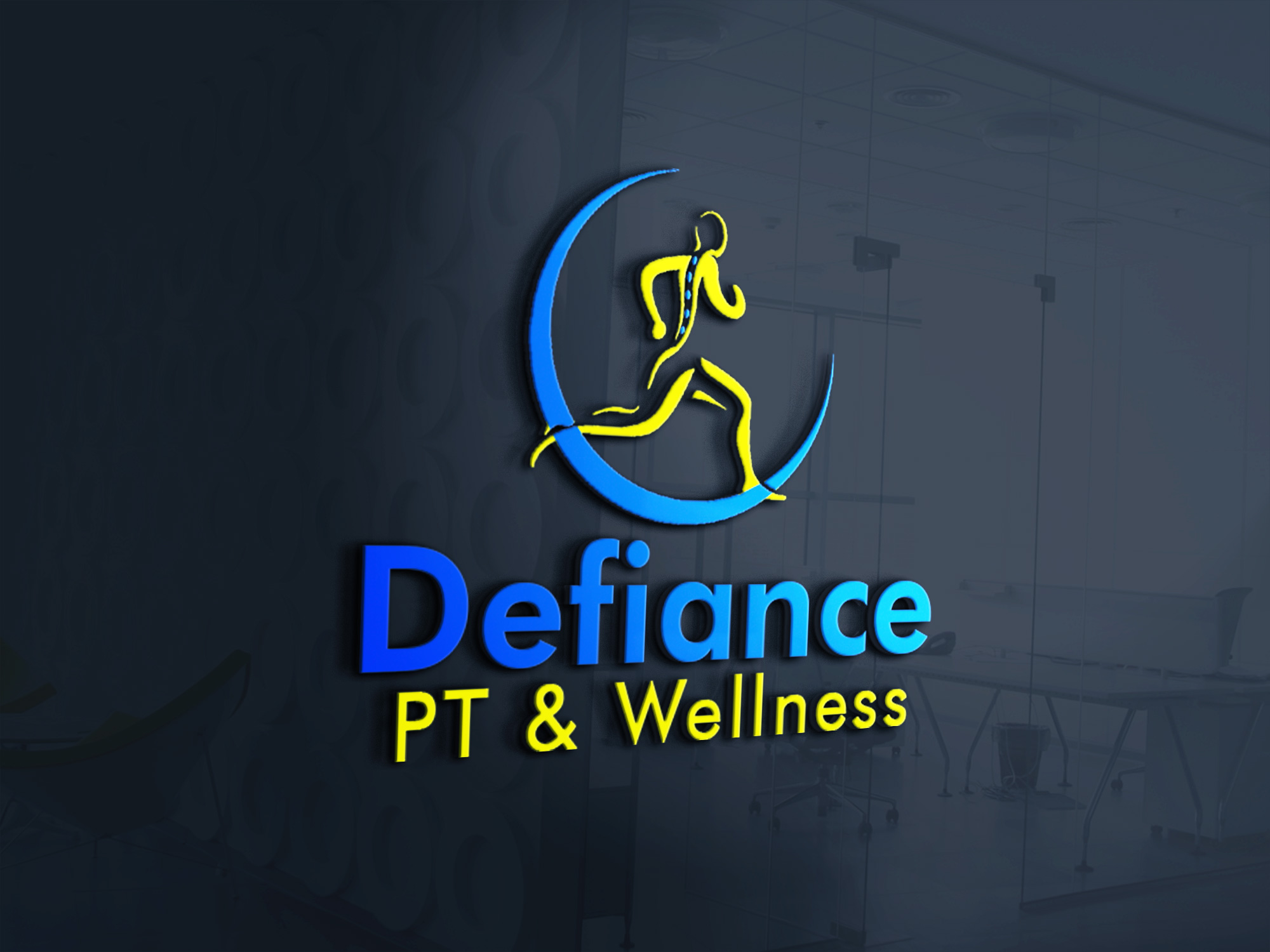Warmups and Mobility Drills: Move Better, Lift Safer
- Defiance PT & Wellness

- 2 days ago
- 2 min read

Walking into the gym without warming up is like trying to drive a car with a cold engine. Your muscles, joints, and nervous system need preparation before lifting, running, or performing high-intensity movements. A thoughtful pre-workout warmup and mobility routine not only improves performance but also reduces injury risk — a principle both physical therapists and personal trainers emphasize.
Why Warmups and Mobility Matter
Warming up primes your body by:
Increasing blood flow to muscles
Activating the nervous system for faster, more coordinated movement
Improving joint range of motion
Preparing connective tissues and stabilizing muscles
Mobility drills go a step further by addressing movement restrictions that could limit your exercises or cause compensation patterns. Together, warmups and mobility exercises set the stage for a safer, more effective workout.
Types of Pre-Workout Warmups
1. General Warmup
Purpose: Increase overall body temperature and circulation.
Examples: 5–10 minutes of light cardio like brisk walking, cycling, rowing, or jump rope
Benefit: Prepares your cardiovascular system and increases oxygen delivery to working muscles
2. Dynamic Stretching
Purpose: Actively move muscles and joints through their range of motion.
Examples: Leg swings, arm circles, walking lunges, torso rotations
Benefit: Improves flexibility dynamically while activating the muscles you’ll use in your workout
3. Movement-Specific Activation
Purpose: Wake up key muscles before your main lifts.
Examples:
Glute bridges or banded side steps for glute activation
Scapular push-ups for shoulder stability
Bodyweight squats for lower-body prep
Benefit: Ensures the muscles you rely on for strength exercises fire correctly, improving performance and reducing risk
4. Joint Mobility Drills
Purpose: Increase the functional range of motion in key joints.
Examples:
Hip openers: 90/90 stretch or dynamic hip circles
Shoulder mobility: wall slides, band pull-aparts
Ankle mobility: ankle circles or calf stretches
Benefit: Prepares stiff joints to move efficiently, preventing compensation and discomfort
5. Sport- or Exercise-Specific Drills
Purpose: Simulate the movements of your workout or sport.
Examples:
Light kettlebell swings before heavier swings or deadlifts
Medicine ball throws before upper-body power exercises
Agility ladder drills for conditioning or plyometric sessions
Benefit: Your nervous system “practices” the movement pattern, improving coordination and efficiency
Tips for an Effective Pre-Workout Routine
Start Broad, Then Get Specific: Begin with general warmup and mobility, then narrow focus to the muscles and joints you’ll use most.
Keep It 10–15 Minutes: Enough to prime your body without causing fatigue.
Listen to Your Body: If a joint feels restricted or tight, add extra mobility work before moving on.
Progress Gradually: Just like your main workout, warmups should be controlled and intentional.
The PT and Trainer Advantage
Physical therapists can identify movement limitations or imbalances that affect your performance and joint health. Personal trainers can then incorporate activation and mobility drills into your warmup to make your workouts safer and more effective. Together, they help you move better, lift smarter, and reduce injury risk.




Comments